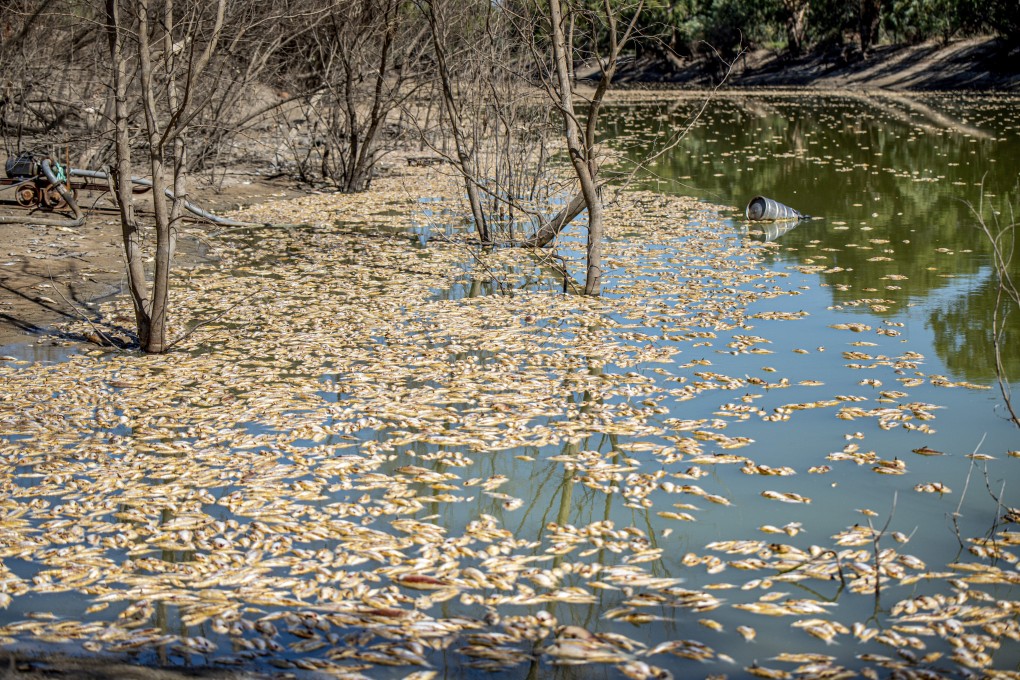Letters | On World Water Day, a case for natural infrastructure
- Readers discuss the need to build water infrastructure sustainably, and a solution to a sanitation problem

The UN 2023 Water Conference in New York, kicking off on World Water Day today, is the first such conference in almost 50 years.
That’s why this conference matters. Delegates from Japan, South Korea, the United States, Canada, Malawi and many other countries will review the world’s progress on the sixth Sustainable Development Goal – clean water and sanitation – and other water-related goals and targets, as we reach the halfway point of the United Nations’ Water Action Decade.
I will be addressing the conference on natural infrastructure, a way to plan, build and meet our increasingly intense infrastructure needs with what nature already provides. While the topic may not seem particularly flashy, it supports all that we do.
The lush green roofs of the School of Art, Design and Media at Nanyang Technological University in Singapore, and the wetlands being restored as part of the Great Lakes restoration projects supported by the National Oceanic and Atmospheric Administration in the United States, are prime examples of infrastructure that essentially uses conserved, restored or enhanced natural landscapes to bring specific results, such as flood mitigation or water treatment.
Infrastructure is everything from electricity grids to streets to water treatment plants. When it comes to water infrastructure, however, we don’t seem to be building and maintaining sustainably nor with care. In towns and cities across the world, our infrastructure is ageing and weathered, and with the impacts of climate change in full swing, we need to start thinking differently and building fresh and innovative approaches.